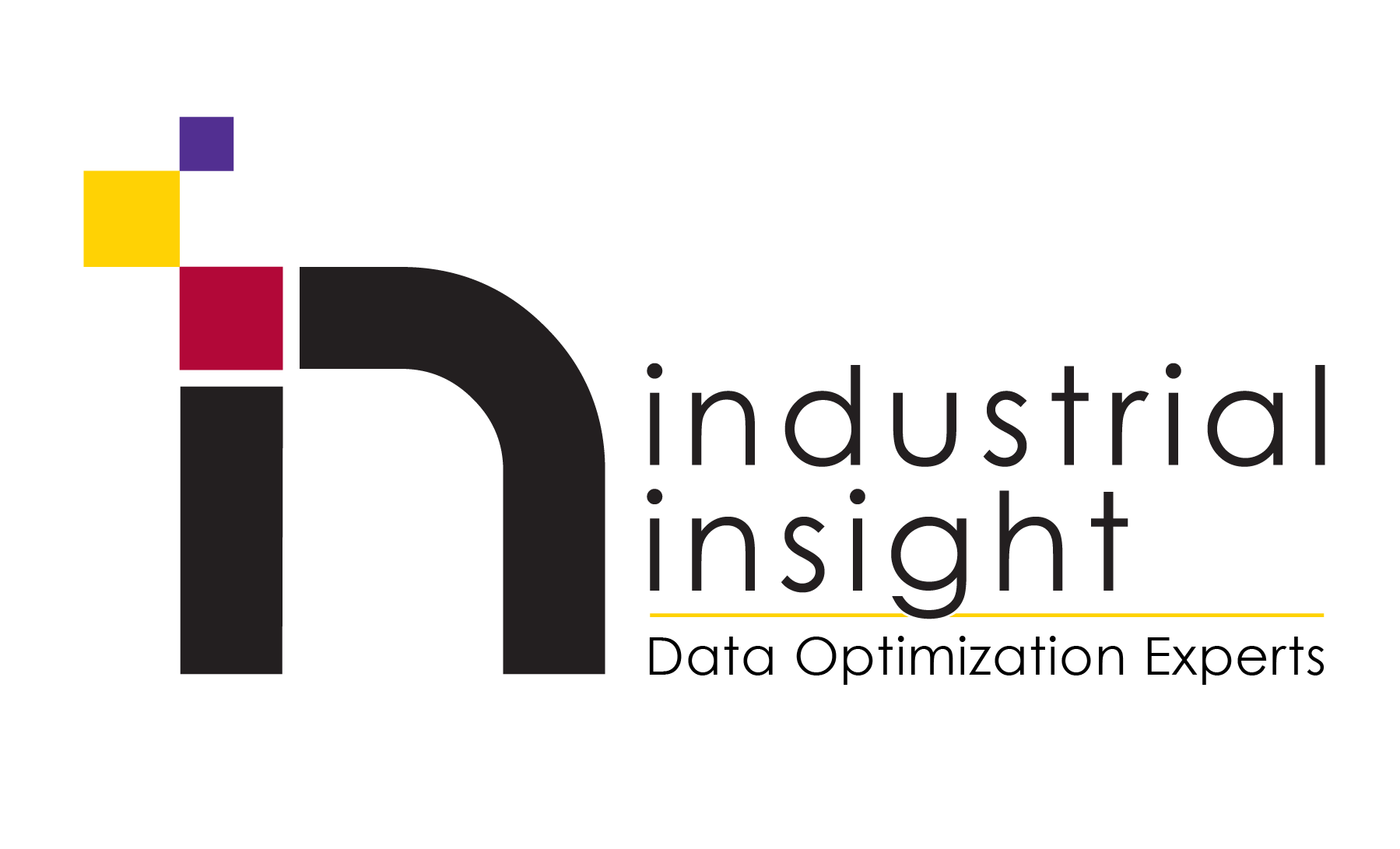Four Components to An Industrial Internet of Things (IIoT) Strategy
- Lisa Hemme
- Sep 2, 2015
- 4 min read
This blog originally posted on Jim Gavigan's LinkedIn page here.
I recently read an ISA article on the Industrial Internet of Things (IIoT) and this is the beginning to a 4 part series of commentary on the article. There is a lot of great information in the article, and I would like to give a "view from the ground" on several highlights from it.

Looking at the paragraph that addresses the four main parts of IIoT in this post, it states:
"The four main parts of any IIoT system are intelligent assets, a data communications infrastructure, analytics and applications to interpret and act on the data, and people. Intelligent assets include machines or other assets enabled with sensors, processors, memory, and communications capability. In certain cases, these assets may have an associated virtual entity or support software-defined configuration and performance. Intelligent assets generate more data and share information across the value chain. Some intelligent assets will eventually be self-aware or operate autonomously. In addition to the Internet, data communications between these assets and other entities will often leverage network technologies such as LTE, ZigBee, Wi-Fi, IEEE 802.15-4, and cloud-based computing infrastructure with the storage to accommodate big data requirements. Powerful analytics and related software will enhance asset optimization as well as system optimization. Predictive analytics will be deployed to reduce unplanned downtime. Newly available information generated by these tools will lead to new, transformative business models supported by new applications. Instead of offering physical products for sale, companies will increasingly offer products “as a service.” People will participate by having access to much more data, better analytics tools, and better information, and will increasingly make decisions based on the analysis generated by these resources. Quantified decision making will become much more common, and “intelligent” information will appear when and where people need it. But people will also continue to become better connected to others and to machines and systems through social and mobile tools and applications."
People are clearly the most important of the four parts of an IIoT system, but here is my take on each of these:
Intelligent Assets - This isn't going away. The data available today from sensors, motors, instruments, and the like all dwarf the amount of data produced when I started 20 years ago. We have to learn how to harness all of this data, find what's useful, and drive profits with the intelligence we gain.
Data Infrastructure - As little as 10 years ago, having PLC's or other control systems networked in many industries was uncommon. Today, it is a different story, so we must all be prepared to deal with the data deluge that comes from intelligent assets.
Analytics - This is where the data gets turned into knowledge. I believe that analytics and their use will revolutionize manufacturing and those that don't embrace them will be left behind. As I have stated before, context is key with data and analytics certainly need context to be effective. However, it is people who understand what context is important to enable the analytics and make them useful. Analytics do not create themselves, people create them.
People - This is the most critical component of all. Even with the advent of machine learning and cloud-based predictive analytics packages that have machine learning content like Microsoft Azure Machine Learning, IPLeanware's Braincube, and others, it still takes people to understand the data enough to write the algorithms for the above tools. It still takes people to figure out what indicators have the most impact on the business. It still takes people to shape the data to get meaning out of the tools.
It also takes people to solve the problems surfaced by the above tools. As my cattle feed example in my first post, it wasn’t the software that actually solved the problem, it was people - us, the engineers, the people who asked "why?" Who even heard the term "data scientist" just a few years ago in the manufacturing or utility space? Data science has been around a long time, but the amount of jobs in this space has exploded in just the last 5 years, and in industries that never used to consider such a thing. Data scientists are delving into problems that didn't even exist a few years ago. Again, people are the most critical component of IIoT.
The right problem solvers with the right data can be a magical combination and my own experience tells me that many organizations are so focused on the first three components (intelligent assets, data infrastructure, and especially analytics), that they potentially minimize the impact of the fourth and most important component, people. The other assumption that some organizations make is that if the same data or information placed in front of several people, that each person could theoretically have the same impact to the organization with what they see. However, based on their interpretation of the information, their skills, and their experience, that is just not true. We don't make these assumptions – we know that the right information, in front of the right people, at the right time makes all the difference in the impact that it can have on a business.
How does your company view the 4 components of IIoT? What is your view of what is the most critical component of an IIoT strategy?


Comments